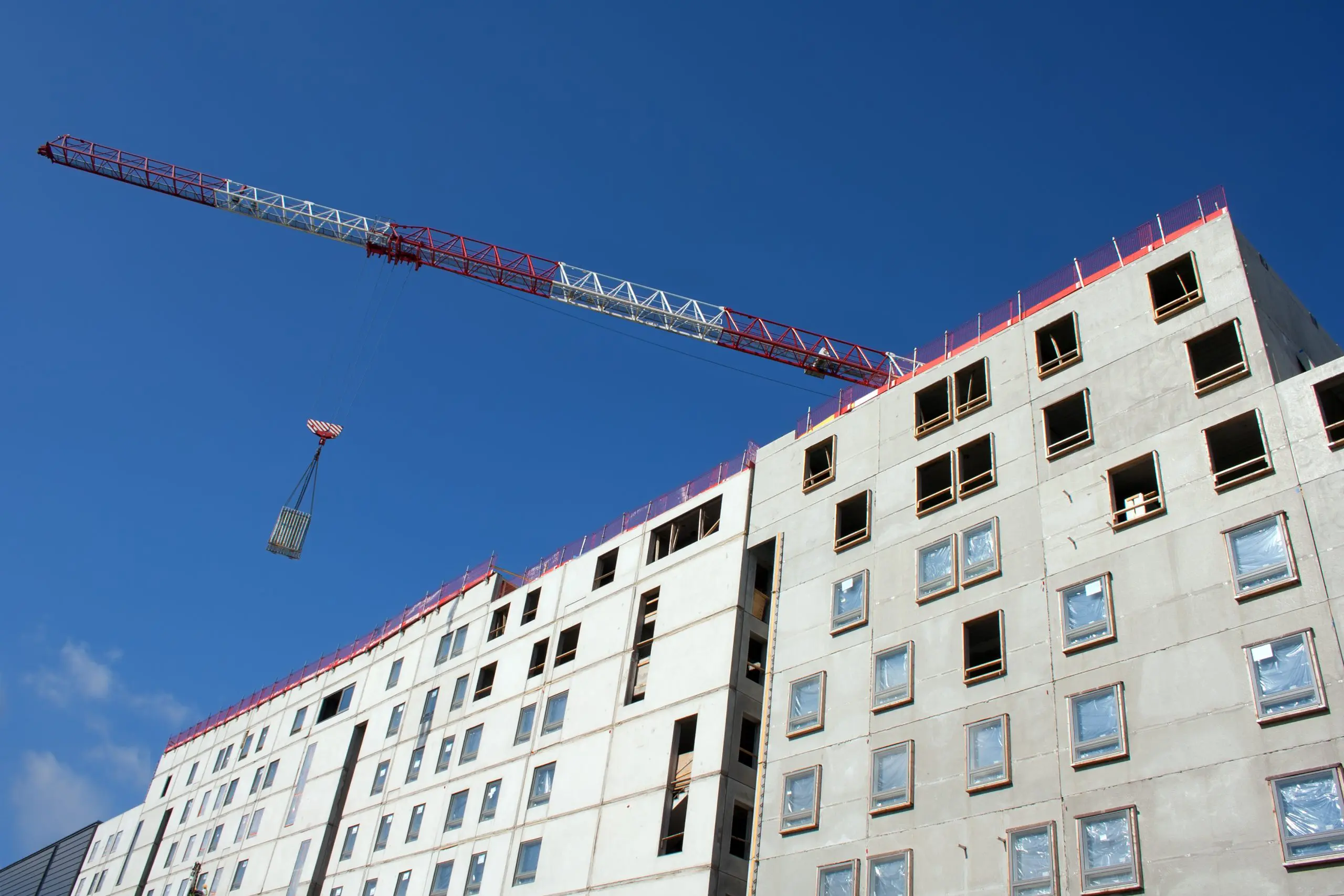
In an ideal world, affordability and sustainability would go hand-in-hand, especially for low-income residential housing. Can affordable housing be built or retrofitted to prioritize energy efficiency and home health, and what state and federal programs exist to support the affordable housing sector in doing so?
What is affordable housing?
According to the Department of Housing and Urban Development, or HUD, affordable housing refers to housing where occupants pay 30 percent or less of their income on their housing total, including utilities. While colloquialisms have framed affordable housing as generalized housing assistance for low-income folks, here affordable housing will describe new construction and retrofitted low-income designated properties.
Section 8 is a federal HUD program that enables low-income individuals to find decent, safe housing that falls within 30 percent of their gross income. Housing choice vouchers are distributed by the program and accepted by landlords; while affordable housing is often owned by the government or a non-profit supported by the government, Section 8 vouchers apply to rentals in the private market.
Regardless of property ownership, affordable housing properties commonly experience issues pertaining to environmental hazards — such as mold, lead, or asbestos — or energy efficiency — such as insufficient insulation or air sealing, leaky pipes or appliances, or faulty doors and windows. If these issues are not resolved, they can serve as a significant barrier to executing electrification and decarbonization projects, while creating unsafe living conditions and high energy bills.
Those living in energy inefficient housing may face higher energy costs and be subject to greater energy burden. Energy burden refers to the percentage of income a household spends on energy costs, including electricity and gas. In a 2020 study, the American Council for an Energy Efficiency Economy (ACEEE) found that the median low-income energy burden is 8.1 percent — a figure 3.5 times higher than the energy burden for non-low-income households. Even if a household’s rent on paper is affordable, piling on added costs such as high energy bills make energy efficiency a vital component of affordability.
Programs integrating efficiency and affordability
Several federal and state programs work to support construction of high-efficiency, electric affordable housing, or provide necessary capital to retrofit existing buildings. Two such federal programs are the Department of Energy’s Zero Energy Ready Home, or ZERH, program and HUD’s Green Resilience and Retrofit Program, or GRRP.
ZERH and GRRP take different routes to achieve the same goals: Increasing efficiency of new builds and retrofitting existing HUD-assisted multifamily housing. The ZERH program incentivizes builders to prioritize energy efficient technologies and building methods when constructing affordable housing properties.
The HUD Green Resilience and Retrofit Program, on the other hand, provides support across three different funding streams for energy and water efficiency improvements as well as climate resilience retrofitting. A Justice40 program targeted towards low-income households, GRRP is implementing energy efficiency advancements to bolster climate resiliency. Underwritten by the Inflation Reduction Act, this funding is disbursed to owners of affordable multifamily properties in the form of grants and loans, to implement electrification or energy efficiency upgrades in HUD-assisted housing.
Further, the Department of Energy’s Advanced Building Construction Initiative funds the development of clean building practices for public housing agencies. Another federal inventive is the Low-Income Energy Affordability Data Tool, which provides information to builders of low- and moderate-income targeted housing at the state, county, and city levels to minimize energy expenses — particularly to lower the energy burden of target communities. The Low-Income Home Energy Assistance Program, or LIHEAP, through the Department of Health & Human Services similarly targets affordability by providing energy bill assistance and other financial assistance for energy-related home upgrades.
At the state level, Massachusetts’ new Community Climate Bank represents the United States’ first green bank entirely devoted to seeding clean energy and energy efficient activities in affordable housing. Using funding from the state’s Department of Environmental Protection, the bank will work to find IRA funding and private capital to support building retrofits and new all-electric buildings. This funding reduces builders and property owners’ perceived risk when looking at the price tags of energy efficient technologies, representing a state initiative to pair affordability and efficiency.
Similarly, California’s Building Initiative for Low-Emissions Development (BUILD) Program offers financial incentives and technical assistance to builders of new construction, low-income, all-electric single and multifamily homes. A mix of incentives — to avoid greenhouse gas emissions via building electrification, to build new constructions above state building code, and others — lower utility bills and disincentivize the integration of new gas infrastructure.
The future of affordable housing and sustainable homes
Looking toward the future of sustainable affordable housing, it is promising to see the federal government and several state agencies working to support efficiency and electrification initiatives within the sector. Continuing to do so, and a wider scale, will result in greater health outcomes for low-income Americans, generate pocketbook savings for those living in more efficient and electric affordable housing properties, and lower emissions across the larger buildings sector.
Our federal dashboard has more detailed information on all of the affordable housing programs and policies listed above. Explore these policies and more here.



